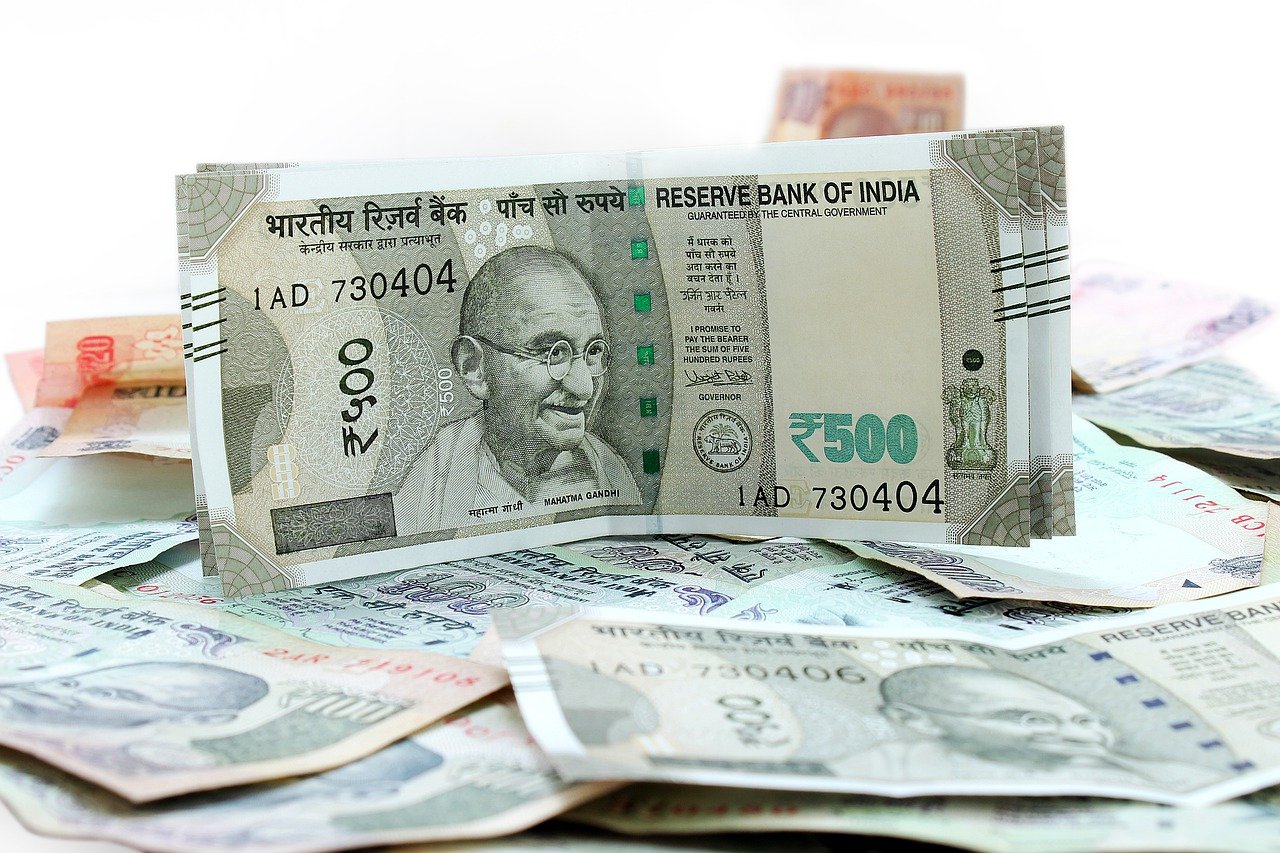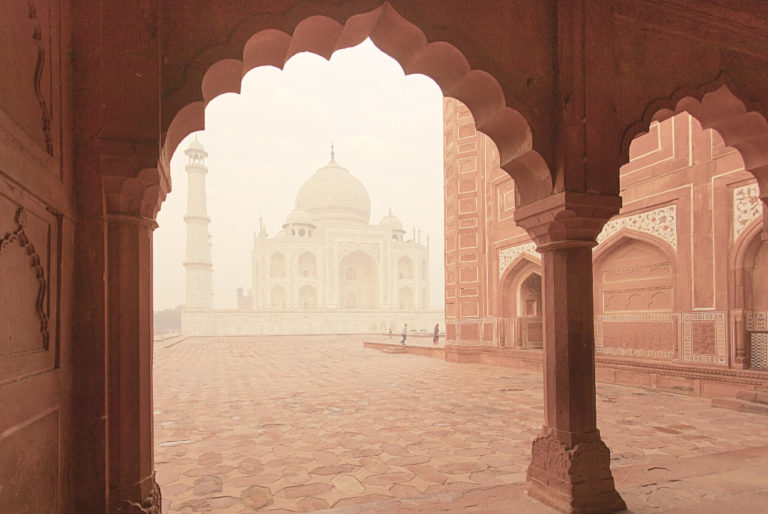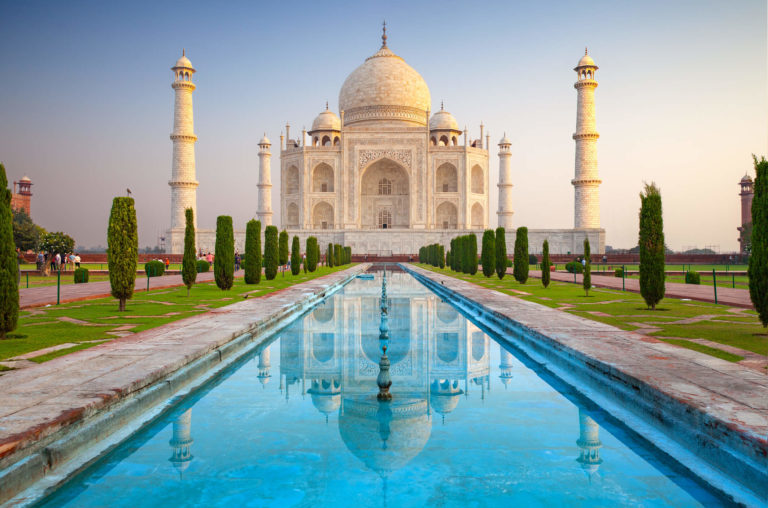how to pay as a foreigner in India
There is no doubt about it – India is a tricky place to navigate as a foreigner, and especially as a foreigner new to India. One of the most difficult things to do (aside from booking a train and crossing the street in Delhi) is to pay in India as a foreigner. This is largely because of the way India manages their economy and payment systems.
There are two problems.
- Foreigners often find it hard to pay in India using their international credit cards. This is because India uses an OTP (one time payment) security system, and most foreign cards do not. The OTP must be sent to an Indian phone number, so if you don’t have one, that compounds the problem.
- Another factor is that India has made a technological leap, and brought in their own proprietary digital payment system called UPI (Unified Payment Interface). It’s a very impressive system that allows even small vendors, like chai wallas (tea vendors) and sabzi wallas (fruit and vegetable vendors) to take digital payments using a QR code via Google Pay, Phone Pe, PayTM and other apps. The vendors post their QR code and customers simply scan it with their smartphone payment app, and the payment is done in real time. The problem for foreigners is that the UPI payment app must be linked to an Indian bank account.
So in summary, without an Indian phone number, or bank account, or credit card it’s very hard for foreigners to pay for things in India.
NOTE: All of this also applies to booking trains, by the way, which requires registration with the IRCTC (Indian Railway Catering and Tourism Corporation). Read my tips on train travel in India here.
Here’s what we tell our guests in the pre-departure email we send out.
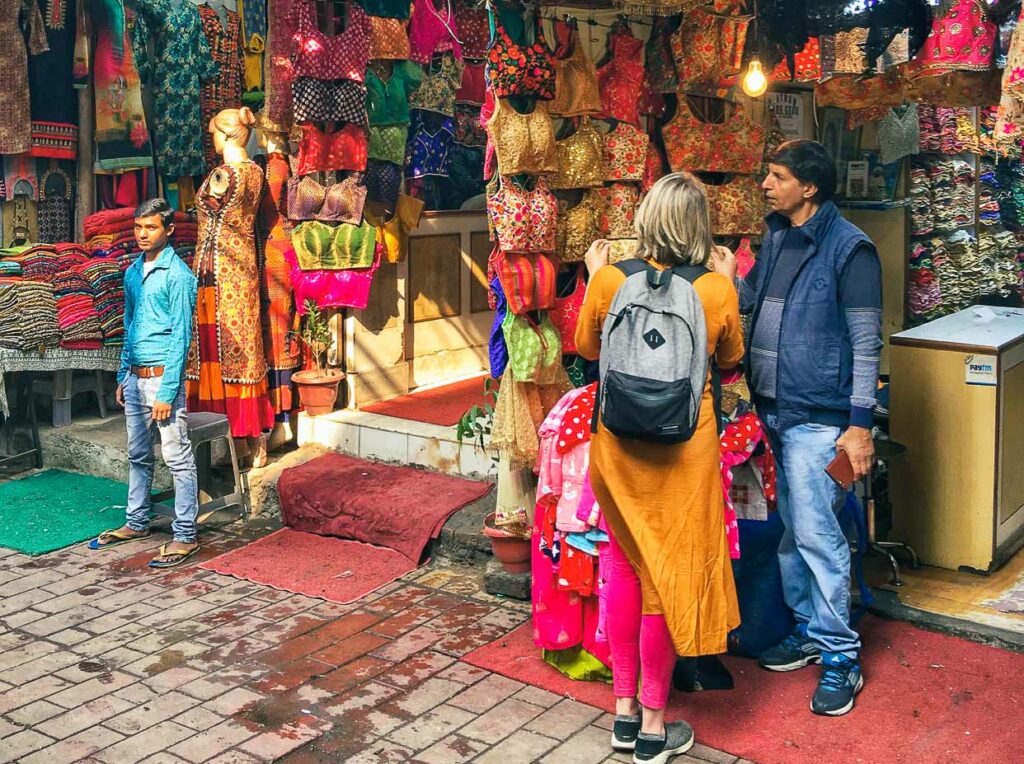
SIM card
Having a phone number in India will make your life easier in a myriad of ways – too numerous to count. It’s also great for staying connected and can help with issues of safety, too.
We recommend that you get an Airtel SIM at the airport. Bring a photocopy of your passport bio page, Indian Tourist Visa, and an extra passport-sized photo to make the process of getting the SIM card faster.
NOTE: India is cracking down on e-sims. If you want to use Airalo, you might need to use a VPN while in India, and we recommend that you install it in advance. (I have used Airalo in Indonesia. You will get $3 if you use my code: MARIEL3816.)
Cash
We recommend that you take rupees from the ATM, rather than trying to exchange money. You can take a maximum of 10,000 rupees at a time, which is about $120 USD. You get charged per transaction, so might as well take the maximum.
I found, after many years of experimenting and tracking, that different banks charged wildly different amounts in terms of transaction fees and currency exchange. It’s a good idea to try different banks and find the ones that are cheaper with your card. For me YES Bank was far cheaper than AXIS Bank, for example.
TIP: Always try and look for a major bank’s ATM if you can, for withdrawing cash. If the ATM is outside the bank, even better. My favourites are YES Bank, ICICI Bank, HDFC, Standard Chartered, Kotak Mahindra, and SBI.

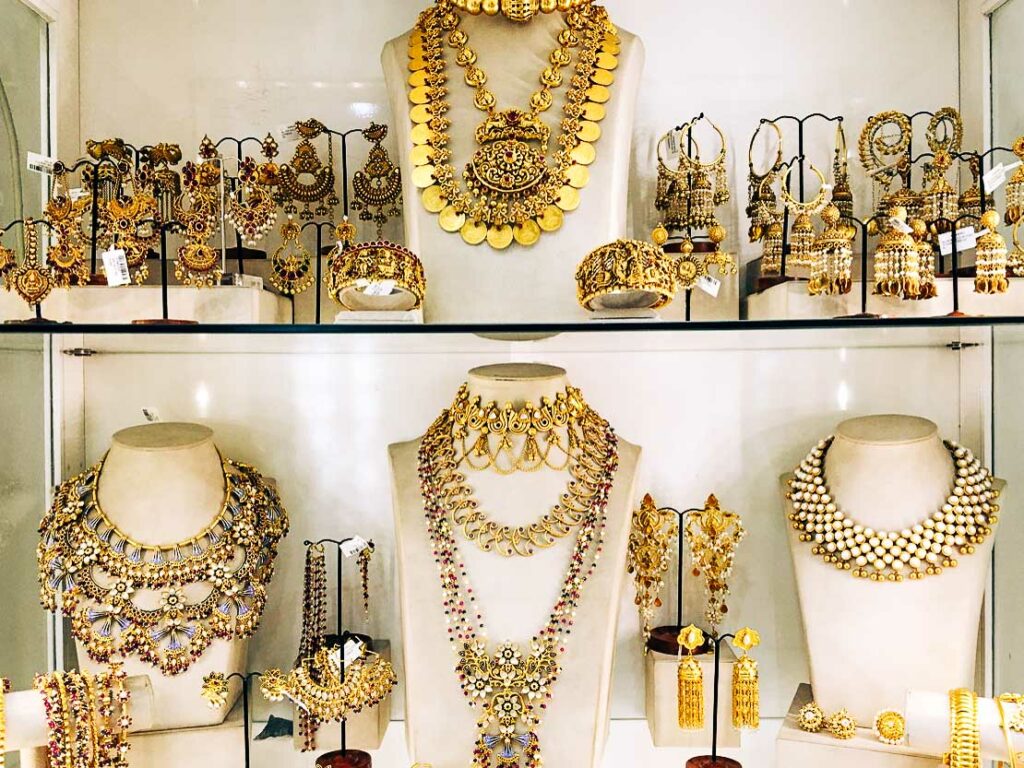

Wise
I love Wise. I have personally found it to be cheaper for making payments when I am travelling internationally than any other system (except UPI in India, see below). If you can get the Wise debit card, it’s the best: you can open a currency account in your destination’s currency, and using the Wise debit card, take cash from the ATM. Or you can use the debit card to pay. Either way, you avoid high bank fees and currency conversion charges.
Without the debit card, Wise is still a great choice for making money transfers.
Click here to open an account on the Wise website, and you will get a free transfer.
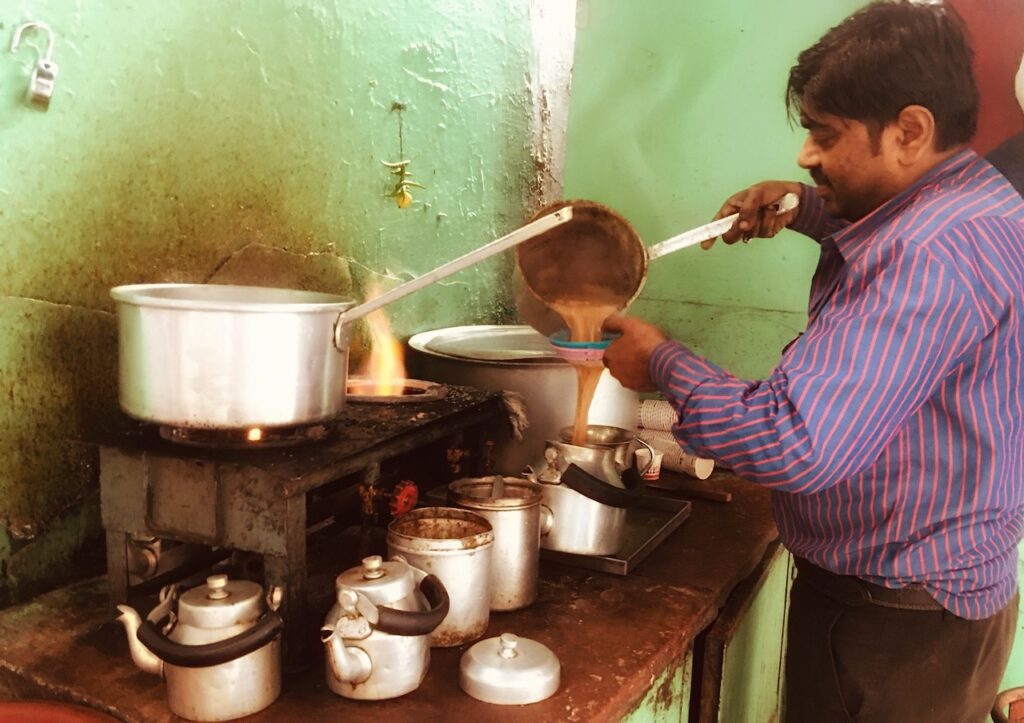
Using India’s UPI system
There are a couple of ways to connect to India’s proprietary UPI system.
CHEQ UPI
Foreigners can connect to UPI via Cheq UPI app, which allows foreigners to use Google pay and Apple wallet in India. However, it costs approximately $12 USD to set up, and requires physical verification. So this would be done after arriving at your hotel or guest house.
UPI One World
UPI One World was introduced in 2023. You can get the UPI One World wallet at currency exchange booths in India’s airports (and apparently at hotels and designated money exchange locations).
To access UPI One World, you have to follow a know-your-customer (KYC) procedure, which requires details like a passport, visa, and an international phone number.
After setting it up, you fill your wallet from your bank account or credit card, and can start using it. You can make payments with your phone by simply scanning merchant QR codes in India. The money will come from the wallet you have loaded up.
There are no transaction fees for the actual payments.
As a foreigner using UPI in India, you will have some restrictions. You can use it only to pay merchants, not individuals.

The India for Beginners way
As always, we are here to help you prepare for India and to make your journey both smooth and incredible! We can help you plan your perfect, customized itinerary, do your bookings (especially your train tickets!) and run your custom tour. You will have a team of caring people holding your hand every step of the way. Contact us now to begin your dream trip to India.

